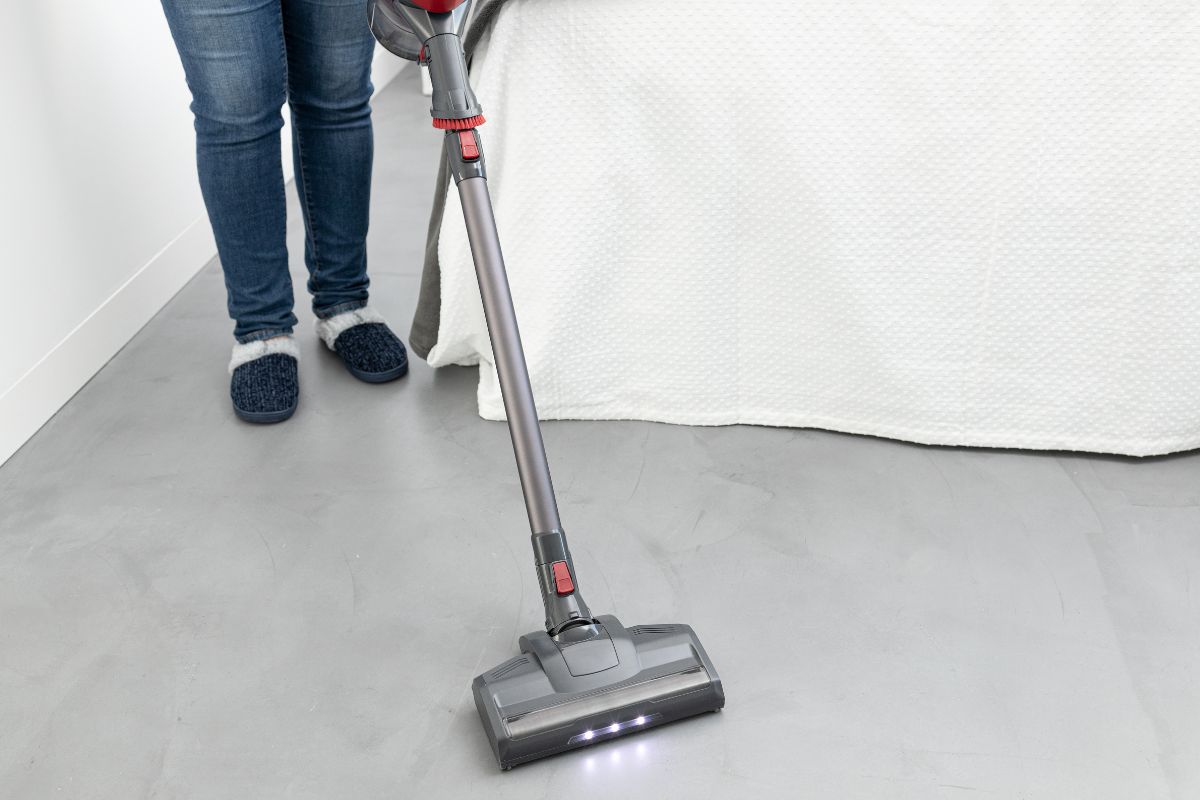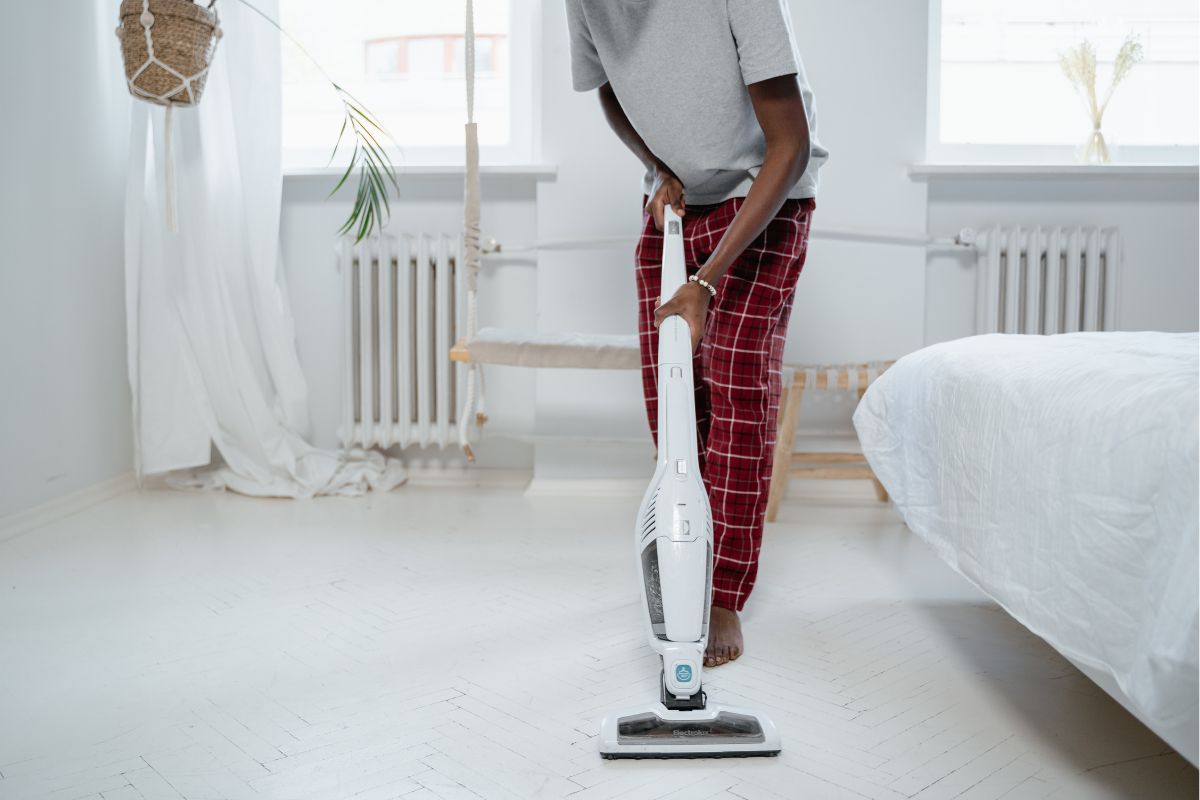Let’s talk about watts and vacuums. How much does a vacuum use?
We all have a vacuum and with the size of energy prices nowadays we are all tracking our energy output to try and save as much as possible.
It’s only natural that you would want to know how much power your appliances use.
Whilst a vacuum cleaner is not the house appliance that uses the most energy, you do use it regularly in your home so how much power does it use?
Using a vacuum to do your housework will affect your electricity bill. However, not all vacuum cleaners are the same and some will consume more electricity than others.
It’s essential for you to know how much energy a vacuum cleaner uses before deciding on one to purchase.
The Power Output – Watts and Vacuums
Vacuum cleaners are an essential household appliance; they come in a wide range of sizes and models that can range from small handheld vacuums to autonomous robots that will clean for you.
The amount of watts an average vacuum cleaner will use will range between 500 and 3000 whilst more economical and popular models will only use around 1400 watts.
More energy efficient vacuums will consume less energy than the aforementioned models. They consume only around 600 to 800 watts.
The range being much smaller than the average vacuum that has a spread of 2,500, makes a more energy efficient vacuum a much better choice for those wanting a model that will consume less power.
Using an energy efficient vacuum for two hours per week will typically only cost you 83 cents per month.
If you use your vacuum often then this is for you, if you want a more powerful model and are not worried about it using more power then the more popular models will suit you a lot more than the energy efficient model.
Watts And Vacuums – Does More Watts Equal More Power
The amount of watts is not the most important factor for a vacuum cleaner, but there is definitely a correlation between more watts and better suction power.
Many manufacturers sell their vacuums as having high watt numbers to also make you believe the vacuum has special suction power.
But that is not always the case.
The watt number does actually say little about the real cleaning and suction power of a vacuum; it can be used as an indicator of how electricity is used.
The vacuum cleaners design is most important when discussing the cleaning performance.
If the vacuum cleaner’s nozzle is a perfect fit to the device then even at lower wattage anything you need to suck up will be due to the nozzle’s aerodynamic shape.
That is not to say wattage is useless and to show that, at around 350 watts the suction power will be sufficient to clean on surfaces like linoleum, tiles, parquet and other smooth surfaces.
A low power vacuum cleaner like this will only work efficiently if you do not have carpets or upholstered furniture.
A 400 watt vacuum will give you suction power that can allow you to clean carpets and cope with large amounts of dust and fur for any pets living in your house.
Finally any vacuum needing wattage higher than 400 will allow you to sufficiently clean carpets, long-pile coverings and can clean any upholstered furniture.
This type of vacuum is the most convenient option with a suction power regulator.
How Much Electricity Do Vacuum Cleaners Use
We have discussed the range the average vacuum cleaner will use but how much electricity will they consume.

The average vacuum will consume 1,400 watts of power and can run at 7 to 12 amps. Running it for an hour a week will consume 5.6 kilo watts per hour this will cost you 72 cents per month.
Saving energy will save money, saving energy is much easier when you know how much you are using.
The smaller appliances are usually ignored due to them drawing a small amount of power thus not adding much of an impact on your electricity bill.
Wattage Is Not Everything
To find out how your vacuum cleaner performs there are two aspects that you need to judge: vacuum suction and airflow.
As you can see, wattage is not important to the performance of your machine.
Vacuum Suction
Suction is what allows the vacuum motor a volume of air and speed. The more suction your vacuum cleaner has the quicker the air is moved.
Vacuum Airflow
Vacuum airflow is the volume of air that is being displaced inside the vacuum system.
Airflow moves the dirt from the ground that has been picked up by the suction. Suction and airflow work together to give the vacuum performance.
How To Consume Less Electricity
There are some simple actions that can help to limit the cost of the vacuum’s electricity consumption.
The first is to get a more efficient model, replacing your older model that is more energy intensive with a more efficient model will save money on your bill.
The next is to simply clean the dust filter, if the filter is full then it does not allow air to freely circulate and this requires the motor to force more power into the vacuum in order to keep the same suction power.
If the motor filter is poorly maintained then dust may slip into the motor and the electricity consumption will then increase because the motor will have to be forced to operate.
Finally you can change the bag on a regular basis, this follows the same principle as cleaning the filters.
If the vacuum cleaner is blocked it will consume more electricity, if you replace the bag regularly then the vacuum is much less likely to become blocked up.
Final Thoughts – Watts and Vacuums
The average vacuum cleaner will not cost much to run but if you have the chance to save power and in turn save money by getting a newer more energy efficient model, then in the long run you may well save more than you spent.

